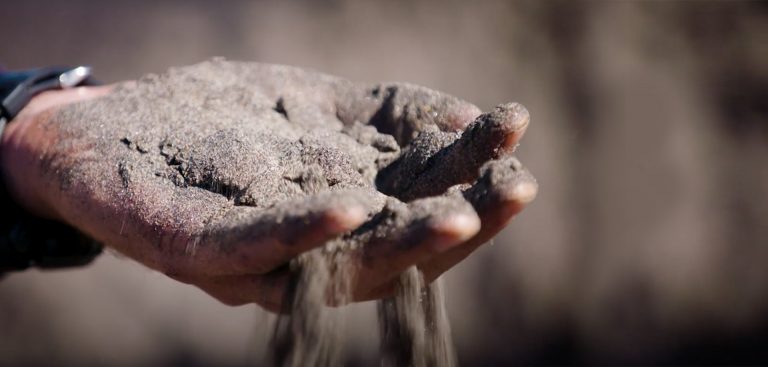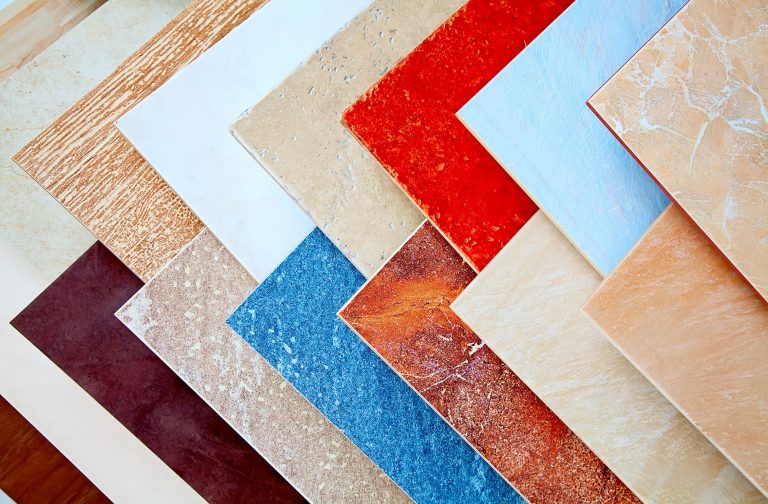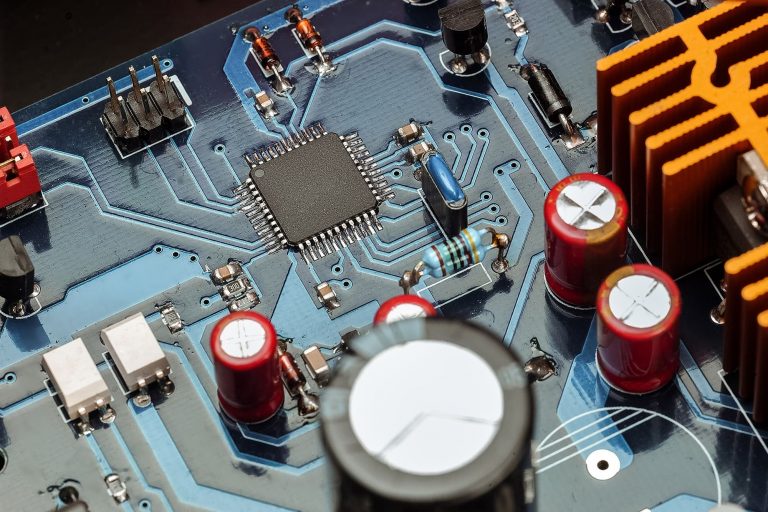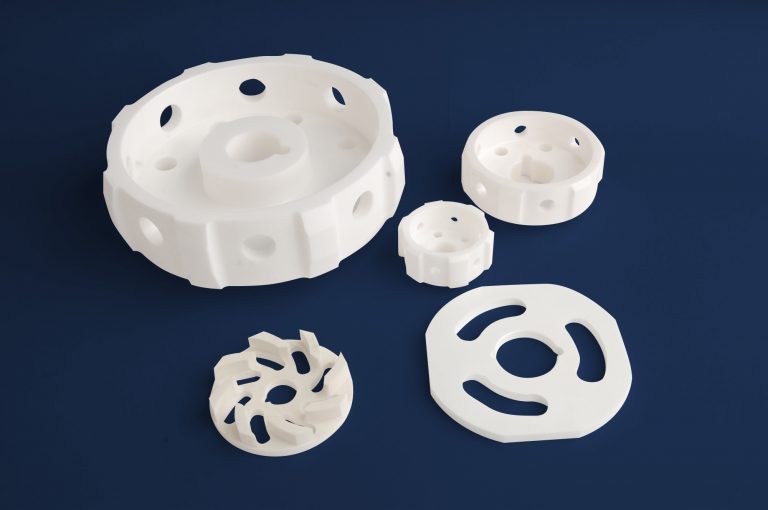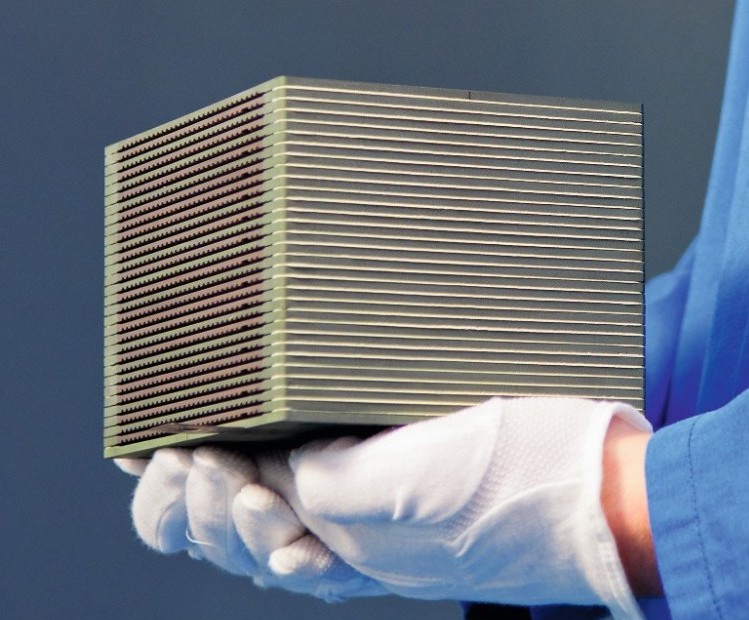
Zircon, Zirconia and Zirconium - What are the Differences?
Zircon, Zirconia and Zirconium sound similar are sometimes confusing.
Zircon is a co-product from the mining and processing of ancient heavy mineral sand deposits. The world’s major zircon deposits are found in Australia and can be used either in its coarse sand form or milled to a fine powder, which is referred to as Zircon flour. Like most rocks and minerals, zircon is a naturally occurring radioactive material. Natural radiation from zircon is extremely low and similar to that of other naturally-occurring sources such as granite.
Zircon can be processed to create Zirconia by melting the sand at very high temperature (2600 °C) to form molten zirconia, also known as Zirconium oxide (ZrO2).
Zirconium, is the chemical element Zr in the Periodic Table and takes the form of a silvery grey metal.
The process of Zirconium oxychloride (ZOC) is to roast the mixture of zirconium concentrate and sodium hydroxide ; water is used to remove the silicate, and then, hydrochloric acid is added to dissolve zirconium, and some solid and undissolved materials are filtered out.
Properties
- High refractive index、high hardness、high bending strength and high melting point.
- High thermal stability at elevated temperatures.
- Low coefficient of linear expansion – good resistance to thermal shock.
- High-wearing features、low friction coefficient.
- Good insulation、strong corrosion resistance、static-free.
- Good dielectric properties.
- High chemical stability.
- Low solubility in molten silica or silicates.
Application
- Dental and biomedical ceramics.
- Structure ceramics.
- Solid oxide fuel cell (SOFC) .
- Electronic components (MLCC、PZT).

